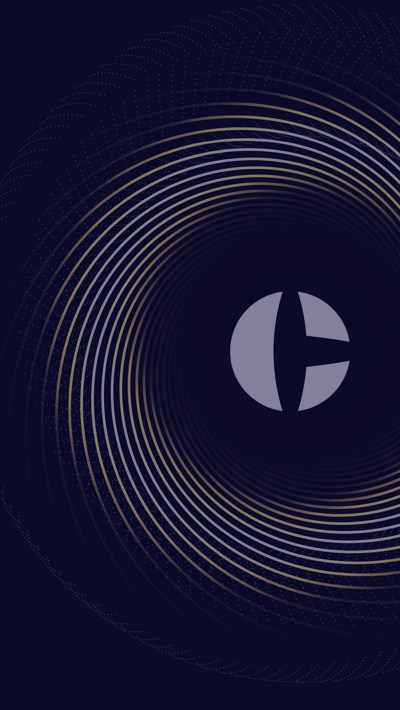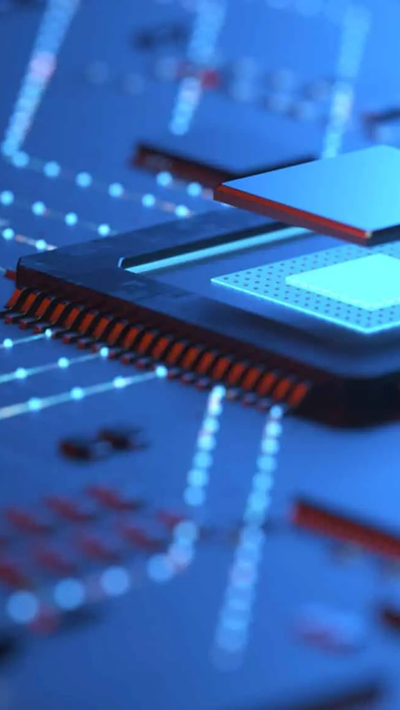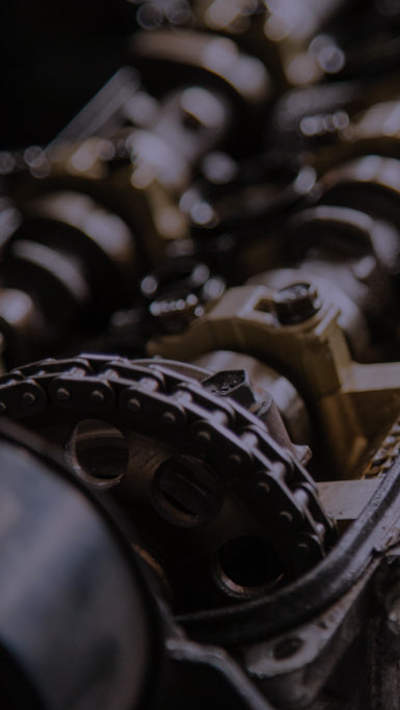Speak to our experts
Contents
The Federal Court of Australia and the Intellectual Property Office of New Zealand (IPONZ) have both recently issued decisions answering the question of whether an invention devised by an artificial intelligence (AI) system is patentable.
DABUS
In 2018, Dr Stephen Thaler filed two patent applications at the European Patent Office for a food or beverage container having a wall with a fractal profile which enabled multiple containers to be coupled together by engagement of corresponding pits and bulges. This was followed by an International Patent Application which has since been pursued in a number of countries worldwide, including Australia and New Zealand.
The inventor was identified by Dr Thaler as “DABUS” – “Device for the Autonomous Bootstrapping of Unified Sentience” – a “Creativity Machine [which] is a particular type of connectionist artificial intelligence… [and] contain[s] a first artificial neural network... [and] a second ‘critic’ artificial neural network.”
DABUS was created and trained by Dr Thaler as part of the “Artificial Inventor Project,” which is “seeking intellectual property rights for inventions generated by an AI without a traditional human inventor.”
The only patent office to have granted a patent on a DABUS invention so far has been the South African patent office. The European, United Kingdom and United States patent offices have all rejected patent applications in their respective territories, with various appeals by Dr Thaler also proving unsuccessful.
Australia and New Zealand – similar, but different
Separated by the Tasman Sea, Australia and New Zealand share many cultural, economic and legal similarities, and since 1983 have been committed to creating a seamless trans-Tasman economic environment.
The New Zealand Patents Act 2013 brought patent law between the two countries into closer alignment and the profession is now regulated by a single body – the Trans-Tasman IP Attorneys Board – but plans for a “Single Examination Process” and a “Single Application Process” covering both countries were abandoned.
Patent applicants cannot necessarily expect the same outcome in each country and, while decisions of the Australian Courts are often persuasive in New Zealand, they are not binding.
DABUS in Australia
DABUS’ Australian patent application was initially rejected under Regulation 3.2C(2)(aa) and Section 15(1)(c) following a formalities examination by the Australian patent office.
Regulation 3.2C(2)(aa) provides:
- The applicant must… provide the name of the inventor of the invention to which the application relates.
Section 15(1)(c) provides:
- Subject to this Act, a patent for an invention may only be granted to a person who… derives title to the invention from the inventor or [a person who would, on the grant of the patent for the invention, be entitled to have the patent assigned to the person].
The matter was then referred to a hearing officer for determination by way of a formal decision which was issued on 9 February 2021.1
The Deputy Commissioner of Patents held that DABUS was not a “person” as that term is understood in law (an individual, a body corporate or a body politic), and that Section 15(1) was inconsistent with an artificial intelligence machine being treated as an inventor.
Because this deficiency was not capable of being corrected, the application was deemed to have lapsed.
Dr Thaler successfully appealed to the Federal Court of Australia, which held that:2
- the Australian Patents Act 1990 has no specific provision excluding an artificial intelligence system as an inventor
- unlike copyright law there is no “specific aspect” of patent law involving the requirement for a human author
- the term “inventor” must be given its ordinary meaning which may evolve as technology develops
- “it is consistent with the object of the Act to construe the term ‘inventor’ in a manner that promotes technological innovation and the publication and dissemination of such innovation by rewarding it, irrespective of whether the innovation is made by a human or not,” and
- “Generally, it is quite undesirable to preclude a class of otherwise patentable inventions from patentability on the basis of an exclusion that is not apparent from the express words of the Act.”
The Commissioner has since appealed that decision to the Full Court of the Federal Court of Australia.
DABUS in New Zealand
On 31 January 2022 an Assistant Commissioner of Patents adopted a similar position in relation to Dr Thaler’s New Zealand patent application as had the Deputy Commissioner of Patents in Australia, despite that decision having been overturned.3
The New Zealand ruling held that:
- the term “inventor” intrinsically refers to a natural person or an individual
- the Federal Court’s proposition that the Act does not explicitly prohibit non-humans from being an inventor was “ill-founded… if the Act is read and interpreted in context,” and
- the legislators would have drafted the Act to explicitly encompass non-human inventors (including artificial intelligence) had they intended to allow grant of patents devised solely by artificial intelligence.
The Assistant Commissioner noted, without reference to any sources, that “the Act was drafted, and has always been applied, on the assumption that an ‘inventor’ is a human being,” and relied upon several sections of the Act (primarily s 22) which were said to “explicitly refer to the inventor being a human being.”
The decision appears susceptible to a few criticisms.
Firstly, it seems to conflate the separate concepts of “inventor” and “entitlement.”
Section 5 of New Zealand’s Patents Act 2013 defines an “inventor” as merely “the actual deviser of the invention.” By contrast, the same section defines an “applicant” as “a person who has applied for a patent for an invention.”
Section 22 specifies who is entitled to be granted a patent:
(1) A patent for an invention may only be granted to a person who –
(a) is the inventor, or
(b) derives title to the invention from the inventor…
While sections 5 and 22 clearly require the applicant and patentee to be a person, it does not necessarily follow that the inventor must also be a person. Moreover, the term “person” itself is not limited to a natural person or individual, being defined by the Legislation Act 2019 as including “a corporation sole, a body corporate, and an unincorporated body.”
Secondly, the decision does not refer at all to the purposes of the Act in construing “inventor,” as required by the Legislation Act 2019. The purpose of promoting innovation, for example, would seem to favour patentability, and thus publication, of AI-created inventions. This must, of course, be balanced against any competing purposes specified in the Act.
Thirdly, sections 11, 15 and 16 of the Act contain explicit exclusions from patentability for policy reasons. The excluded categories are computer programs, inventions contrary to public order or morality, human beings and biological processes for their generation, methods of medical treatment of human beings, methods of diagnosis practised on human beings, and plant varieties.
In view of these express exclusions, the expressio unius est exclusion alterius maxim suggests that AI-created inventions should not be excluded from patentability.
Lastly, it is unrealistic to expect the legislature to anticipate and explicitly disallow potential developments in technology. There is no suggestion or evidence that the legislature ever turned their minds the issue of patentability of non-human inventions, and their intention is therefore unknown.
From here
In Australia, the decision of the Full Court is awaited with interest. In New Zealand, Dr Thaler has until 28 February 2022 to appeal the Assistant Commissioner’s decision to the High Court.
Meanwhile, an Intellectual Property Laws Amendment Bill has been proposed to make various “technical” amendments to New Zealand’s IP laws, with an exposure draft now overdue. This could provide a convenient vehicle for Parliament to clarify its position on the patentability of AI-created inventions in New Zealand.
For assistance or any queries on this topic, please contact Ben Halberg in our Chapman Tripp Patents team.
1 Stephen L. Thaler [2021] APO 5.
2 Thaler v Commissioner of Patents [2021] FCA 879, 160 IPR 72.
3 Stephen L. Thaler [2022] NZIPOPAT 2.








